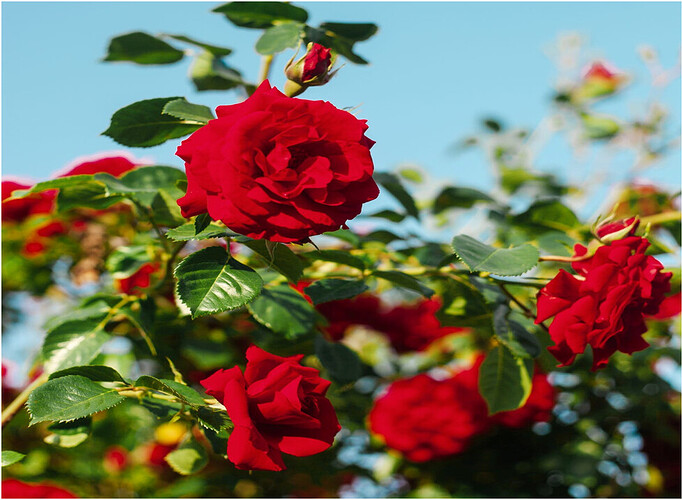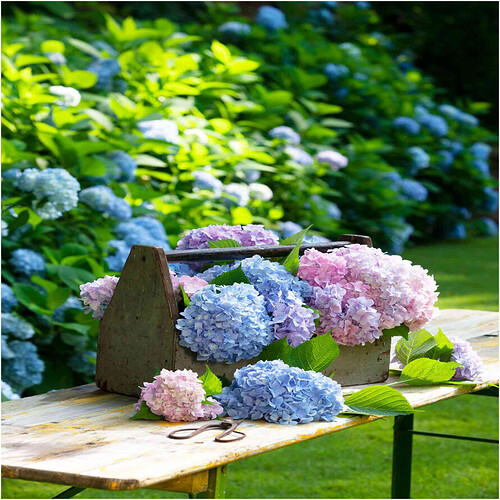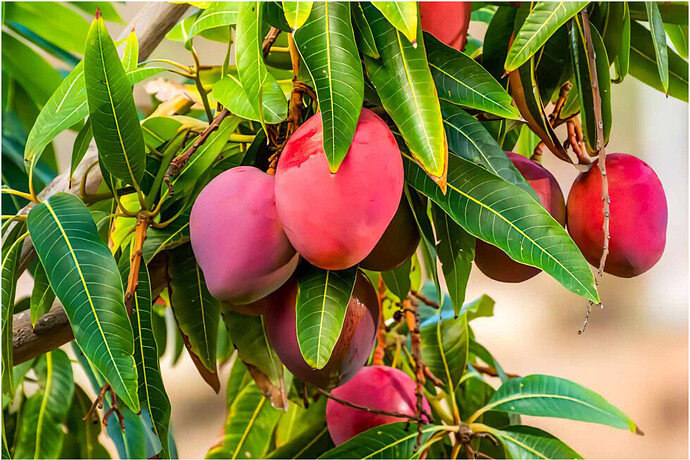Patience over pruning — discover which plants to leave untouched this monsoon for better blooms ahead.
When the rains arrive and your garden bursts into a lush green jungle, the urge to prune everything in sight can be tempting. But here’s a word to the wise: not all plants appreciate a trim during the monsoon.
In fact, some shrubs and trees are better left untouched in July — or you risk losing next season’s flowers, stressing the plant, or interrupting fruiting cycles. Here’s a closer look at what not to prune during monsoon — and why timing is everything.
Roses – Patience Pays Off
Roses are the crown jewel of many Indian gardens, but pruning them during July is a common mistake.
During the monsoon, roses are already fighting off excess moisture, fungal threats, and humidity. Cutting them now opens up fresh wounds that are highly susceptible to infections like black spot or powdery mildew.
What to do instead:
- Let them grow freely through the rains
- Focus on removing only infected or broken stems, not shaping
- Schedule your main rose pruning for September, once the rains have retreated
This timing ensures a fresh flush of healthy winter blooms, especially in north and central India.
Hydrangeas – Don’t Steal Tomorrow’s Blooms
Hydrangeas are showstoppers in cooler and hilly Indian regions like Ooty, Kodai, or parts of the northeast. But if you’re lucky enough to grow them, don’t prune them in July — even if they look a little overgrown.
That’s because hydrangeas bloom on old wood, which means the buds that will flower next season are already forming. Cutting them now is like erasing next spring’s flowers.
What to do instead:
- Only remove dead or dried stems
- Wait until late winter or early spring (Feb–Mar) for proper shaping
- Let them rest during the rainy season
This way, you’ll keep the blooms intact and avoid weak re-growth.
Fruit Trees (Mango, Guava, etc.) – Don’t Stress Them Out
Monsoon is a sensitive growth phase for most fruit trees. The roots are absorbing moisture, the canopy is expanding, and in many cases, the tree is setting or ripening fruit. Pruning now interferes with all of it.
Especially in species like Mango, Guava, Lemon, or Jamun, cutting in July can cause:
- Nutrient diversion from fruit to healing wounds
- Risk of fungal infections on fresh cuts
- Overall plant stress , weakening next season’s yield
What to do instead:
- Avoid heavy cuts — just remove dead or diseased limbs
- Postpone structural pruning to after the harvest (Oct–Dec)
- Use this time to mulch, fertilize, and support fruit-bearing branches
Your tree will thank you with a stronger frame and better fruiting later.
Why You Should Hold the Shears
While pruning in July is great for fast-growing ornamentals like hibiscus and jasmine, it’s a bad idea for certain species that either bloom on old wood or are actively fruiting.
Here’s a quick recap of why not to prune these plants during monsoon:
- Roses: Too vulnerable to disease — better after rains.
- Hydrangeas : Bloom on old stems — pruning now cuts next season’s flowers.
- Fruit Trees : Actively growing or fruiting — don’t add stress during peak energy use.
In gardening, timing is everything. Pruning at the wrong time can undo months of growth or delay blooming and fruiting. That’s why seasoned gardeners plan their cuts just as carefully as they plan their planting.
Know what to prune — but equally, know what to leave alone.
**“Let your plants guide you — and always consider their natural cycles.”


